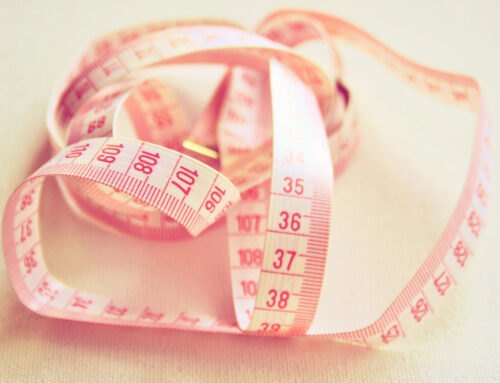The blows came in succession. “If Trump actually did those things to women, he would’ve stepped down.” “These so-called ‘victims’ coming out are just accusing male politicians for attention.” “Maybe Trump did those things, but it comes down to policy over personality.”
These comments were like salt in a collective open wound healing from the reckoning brought by Sarah Everard’s murder, the 33-year-old marketing executive who went missing while walking home from her friend’s house in South London. 13 young women in my AP Government and Politics class heard these words. A discussion regarding the confirmation of Supreme Court justices morphed into one simple contention: should we believe female survivors? Rape culture in schools is perpetuated through such dissension.
Statistically, at least two out of the 13 in that classroom had survived sexual assault and/or rape. Although I am fortunate to not be a part of that statistic, the discounting of survivors still debilitated me. I know the risks. According to RAINN, as a college student, I will have a 26.4% chance of being assaulted during my four years of education. It wasn’t this probability that caused a cold, crippling sensation to grip my chest. If my classmates didn’t believe 26 women accusing one man, why would someone believe me? At great cost, younger generations have become more cognizant of sexual assault. However, this progress must be substantiated with the education of instances of sexual abuse.
It is true many English curriculums have their students read novels like Speak that depict the harms of sexual assault, but relying on teenagers to invest in required reading isn’t foolproof. Much of the scholastic education regarding sexual assault is solely introduced in sexual education curriculum. A study from the Center for American Progress stated that “according to state laws and education standards, only 11 states and the District of Columbia mention the terms ‘healthy relationships,’ ‘sexual assault,’ or ‘consent’ in their sex education programs.”
Without widespread educational guidelines promoting the topic of consent, individuals can be swept up in the facilitating of sexual misconduct. Reports from the National Library of Medicine affirm that the more schools promote discussions regarding consent and agency, there is less likely chance for abuse later in adulthood. Nationally, state legislatures are constantly considering new additions to their sexual education standards.
Similarly, elite schools in the United Kingdom are dealing with criticism regarding their handling of sexual assault allegations and ignoring of an ingrained “rape culture.” In a CNN article, 24-year-old Zan Moon said a male student from Eton College, a college that has educated former Prime Ministers and figures of English royalty, assaulted her when she was 15. While they didn’t respond specifically to Moon, they released a statement saying workshops promoting healthy relationships and teaching of consent are present in the school’s curriculum.
However, these workshops are not a functional means of education. A New York Times article details why stating, “At best, research has found, that type of training succeeds in teaching people basic information, like the definition of harassment and how to report violations,” writer Claire Cain Miller said. “At worst, it can make them uncomfortable, prompting defensive jokes, or reinforce gender stereotypes, potentially making harassment worse. Either way, it usually fails to address the root problem: preventing sexual harassment from happening in the first place.” Everard’s murder and release of the 97% of women statistic have emphasized the gap between education and practice, sparking greater expectations for accountability and change. On April 1, the UK’s Department of Education announced the creation of a new sexual assault reporting hotline to help survivors in “educational settings.”
Still, hotlines are only a fraction of the solution to dismantling rape culture and proactively addressing sexual assault in an educational setting. It starts with people, students, administrators, curriculum writers. Every individual deserves a safe space to share their experiences and fears. Instead of completing a simple EverFi course on sexual assault prevention because legislation requires it, educational institutions should adopt a more intensive, holistic approach. Research demonstrates that integrating the teaching of bystander intervention culture, the definition of consent, and more in high school is essential to preventing misconduct in college and beyond.
Occasionally, I have friends or family members question why I am hesitant to walk through my neighborhood at night. My response is always the same, “I’m afraid to become another statistic.” Regardless of political ideologies, religious values, the swirling eddies of misogyny, women and girls shouldn’t have to invest their savings in a self-defense keychain. Now, women aren’t asking to be protected by men; we have had to prove too many times we are more than equipped to handle unwelcome advances. But, it is essential there is a widespread recognition that sexual assault is a detrimental issue. Creating this culture of safety doesn’t happen instantaneously, of course, but it does start in the classroom.
No matter the number of statistics and anecdotes others and I spouted off following the destructive claims in AP Gov, harm can be inflicted in a matter of a sentence. Tending to our collective pain through acknowledgment and education is the first step towards healing.




